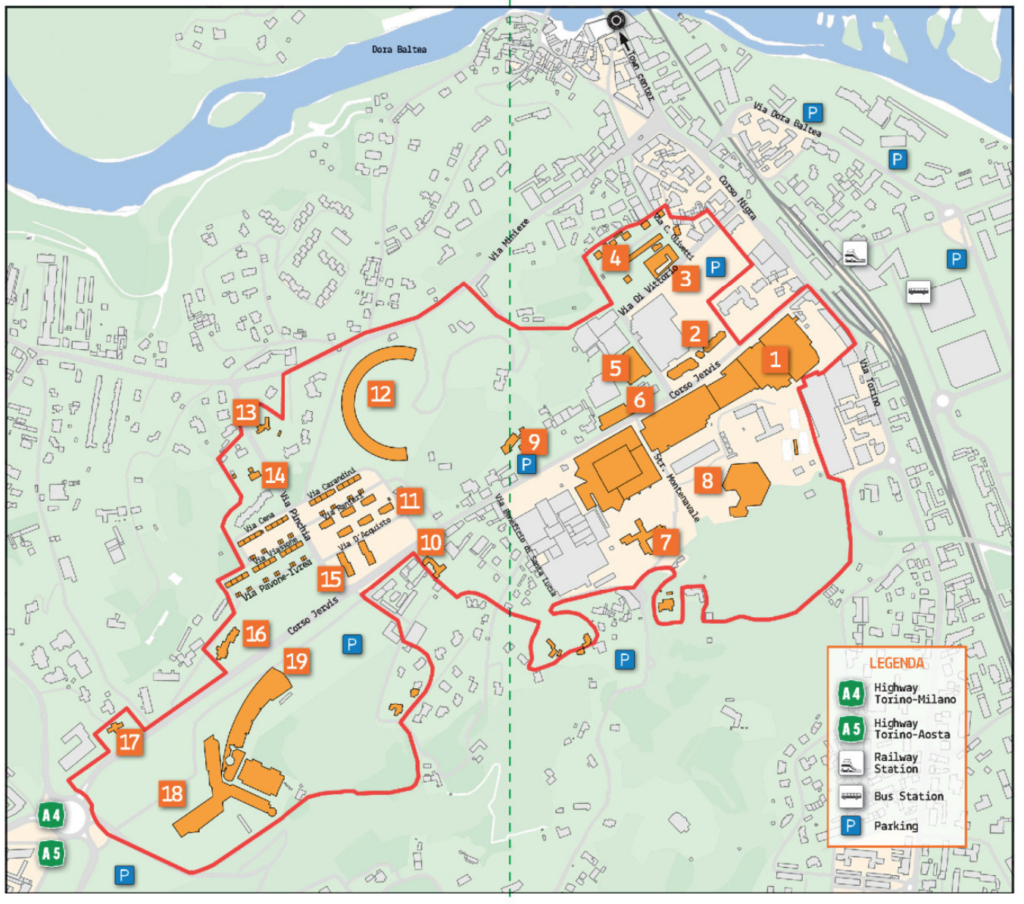“Company Towns are considered manifestations, both tangible and intangible, of the modern age and its implications for lifestyles”.
(Fontana, 2008)
The Company Towns appeared between 1830 and 1930 during the early industrial age with “a settlement build and operated by a single business enterprise” where “virtually everything […] including houses, store, school, and even the Chapel, was subordinate to the business enterprise” (Garner, 1992). The Company Towns sought to enable the habitability of industrial cities during the modern movement building corporate welfare policy around the concept of efficiency and hierarchization of the modern city.
Nowadays, we could classify these cities into three groups:
- The company towns that were barely conceived and planned, and not built;
- The company towns that were built, but no longer exist today or in a state of ruin;
- The company towns that are built and currently preserve their initial activities, often with well-maintained buildings.
(Giroletti, 2019)
These cities were designed to meet the housing demand of a given industry, in a model of corporate welfare and the concept of efficiency, control and hierarchy of the modern city. As strong points, we can consider that these city-factories were an essay of social improvement of the modern era, facing the urban problems of the first Industrial Revolution. I believe that these cities are a true testimony of modern times and deserve to be visited.
1 – Crespi D’adda, Lombardy (WHL, 2005)

Between Milan and Bergamo, in Lombardy, on the banks of the Adda River, the city of Crespi D’Adda. Considered a UNESCO World Heritage Site since 2005, the Crespi D’Adda Company Town is undoubtedly an evidence of the industrial power in Italy.
On the vogue of scientific positivist ideas, the Crespi Family founded in 1878 the cotton spinning, weaving and finishing factory. Seeking to make along the Adda riverside an ideal village for cotton processing, the Crespi family planned a whole complex built on a functional system, with the quality worker’s dwelling as one of the premises to give them healthy and comfortable housing. They provided also the school, the church and the sports centre, to stimulate community life.

When we talk about paternalism, without demonizing what has really been, I believe that the way of managing this complex has been really remarkable and moreover, for the solutions adopted, the control adopted has worked with the microcosm that, according to the testimonies, has always favored and given dignity to the workers.

In Crespi D’Adda I had the sense of a fantasy city. A city that stopped in time, and still preserves its structures as a hundred years ago.
2 – Ivrea, Piedmont (WHL, 2018)

As known as Industrial City of the 20th Century, a model social project, “Ivrea expresses a modern vision of the relationship between industrial production and architecture” (Unesco, 2018). The city of Ivrea was funded in 1908 by Camillo Olivetti. The city manufactured the famous typewriters, mechanical calculators and desktop computers.

Between 1930 and 1950, the owner Adriano Olivetti called the most famous urban architects of the time to design the city. Several elements have contributed to making the city of Ivrea a world heritage site: the architectural elements have mirrored modern times and the rapid transformations to the needs of life and work. Notably, “the introduction of innovative urban planning techniques in the city and territorial planning and the vision of culture as an element of social modernization” (Ivrea, 2018).
Among all the services offered by the town, we can highlight the nursery school, the company canteen and recreation center, the social services center and the various popular houses.
3 – Valdagno, Veneto

Valdagno, a town located in the Upper Vicentine is strictly linked to the history of the Marzotto Woollen Industry, placed on the site between the final of the ’20 and the ’30 of the 20th century, projected by the architect Francesco Bonfanti.
The figure of the entrepreneur, Gaetano Marzotto, thus assumes the role of idealizer of this context favourable to production where the relationship between city and industry becomes totally visible. The City of Harmony happened as an attempt to be able to through assistance to the workers create ideal conditions: a theater, swimming pool, school, outpatient clinic, as well as sports and wellness activities. They are visible signs of modern architecture, militarized, the signal of an era of rationality with a well-distributed grid on the edge of the Agno bank.

 Detail of the structure of the social buildings of Valdagno. Source: Anna Karla Almeida, 2017.
Detail of the structure of the social buildings of Valdagno. Source: Anna Karla Almeida, 2017. 
Visiting these old industrial cities is an opportunity to get to know a bit of modern history: personal life and work were closely connected. I highly value industrial tourism, which can be linked to world heritage cities or not. And you? Do you have an industrial city in Europe that you have visited and that has the same characteristics as a Company Town?
XXXXXXXXXXXXXXXXX